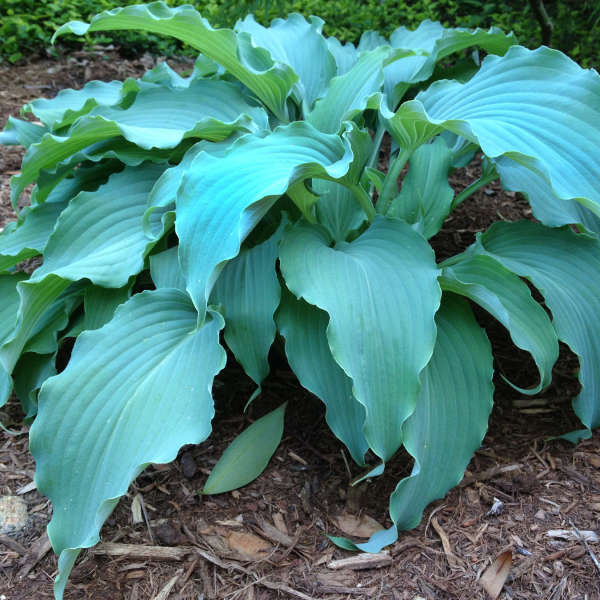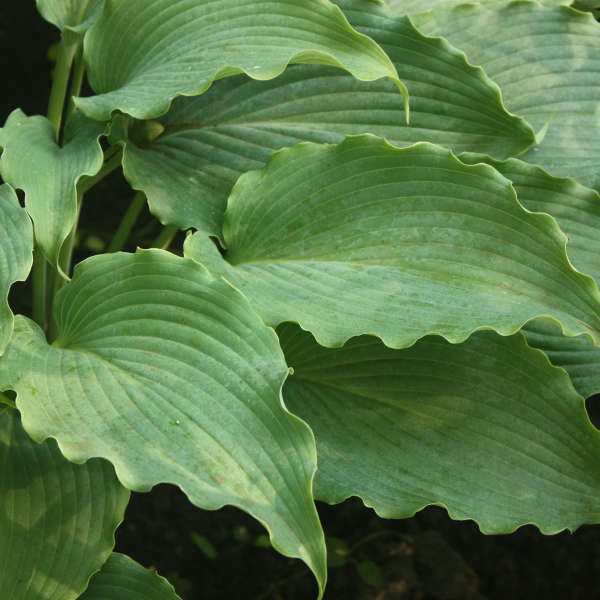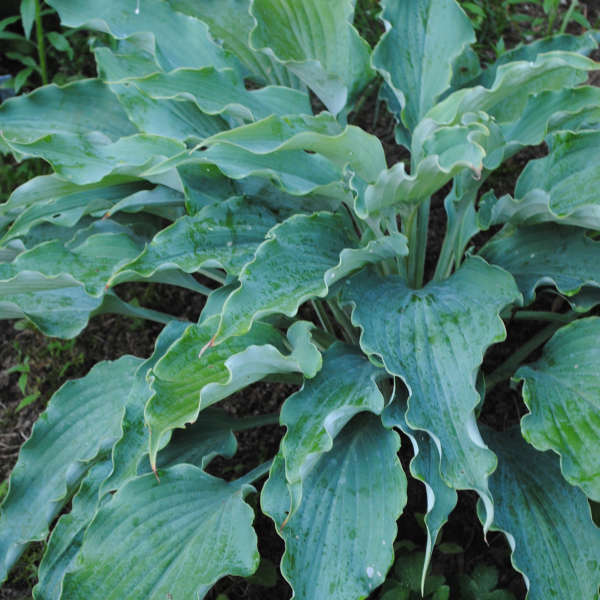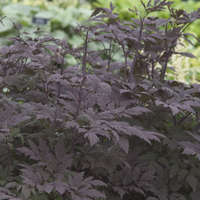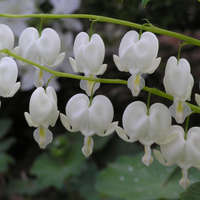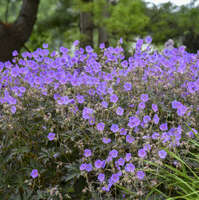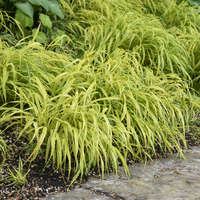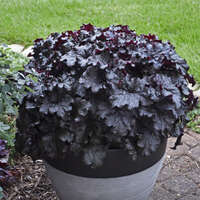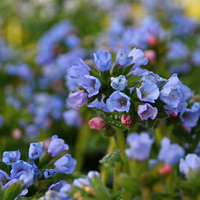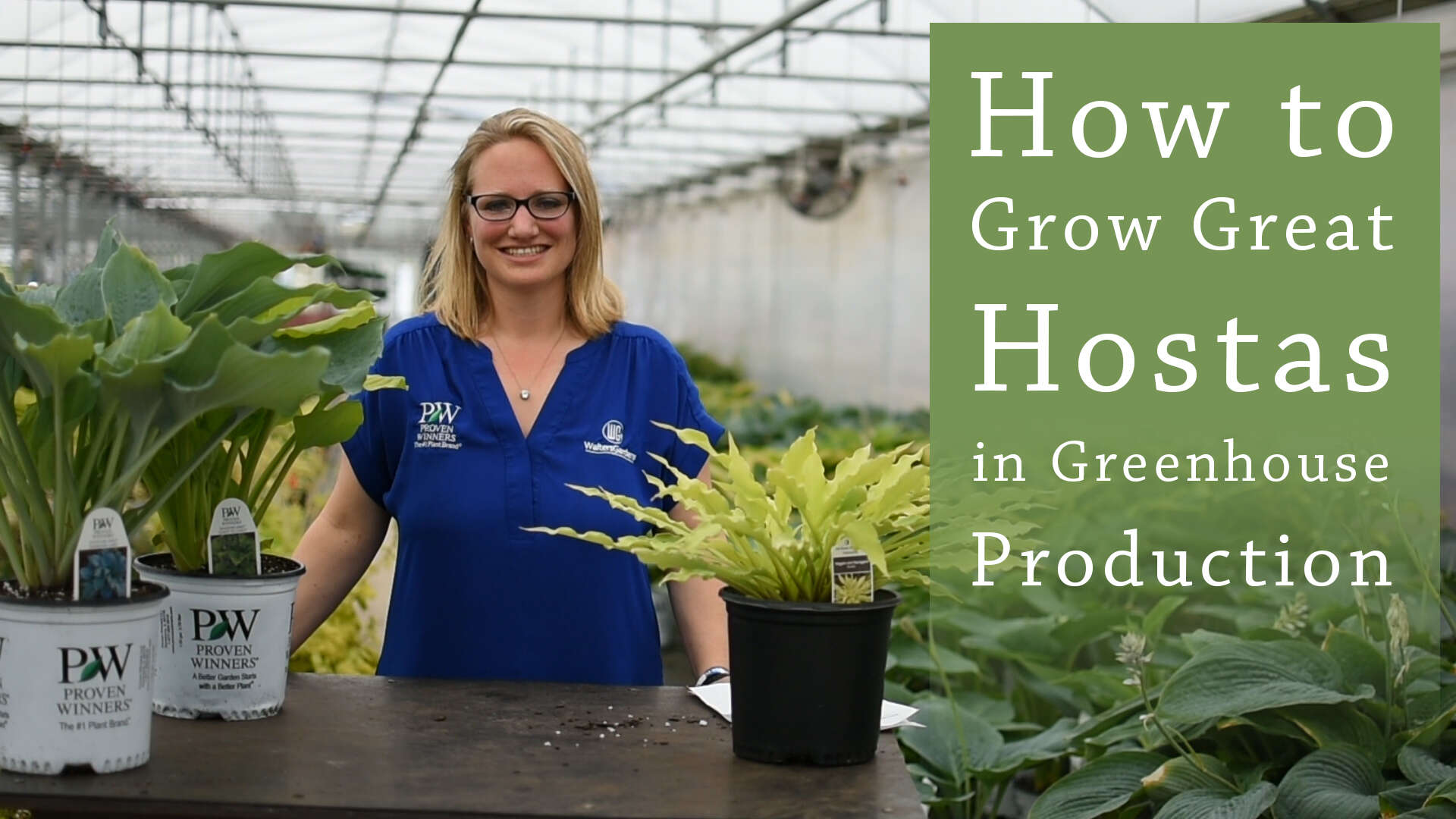Hosta 'Neptune' PP19674
Common Name: Hosta
This unique blue hosta is popular among hosta collectors and makes a very nice specimen in the home garden.
In spring, the narrow wedge-shaped leaves are bright glaucous blue and they hold their color well. As the season progresses they turn more blue-green. The heavily rippled leaves are of good substance, displaying some slug resistance.
This hosta has a lovely cascading form that is displayed to best effect when planted on a ledge or in a container.
Lavender flowers are produced on arching scapes in late summer to early fall.
Hostas are exceedingly popular perennials in today's gardens due to their versatility in the landscape. Their subtle colors, tall flower scapes, and broad, coarse leaves fill a niche in garden designs that few other plants can achieve. Their large leaves provide excellent coverage for dying bulb foliage. Hostas also grow well in city environments where the air may be polluted by car exhaust, etc.
